Bengal Partition Gallery
While discussing on the partition of Bengal, on February 17, 1904, Lord Curzon (Viceroy of India) wrote to Mr. Broderick, the Secretary of State for India, “The Bengalees consider themselves a separate nation and dream that in no distant future, the Britishers would be driven away from India and a Bengalee Babu would be occupying the Governor-General’s residence in Calcutta. As the partition of Bengal will remove this possibility, they are opposing it. If now we listen to their protests in a moment of weakness, we shall never be able in future to separate any portion from Bengal and the united efforts of the entire Bengalee race would be a source of great danger to the Indian empire”.
(Source: Book “History of Modern Bengal” by Dr. R.C Majumdar)
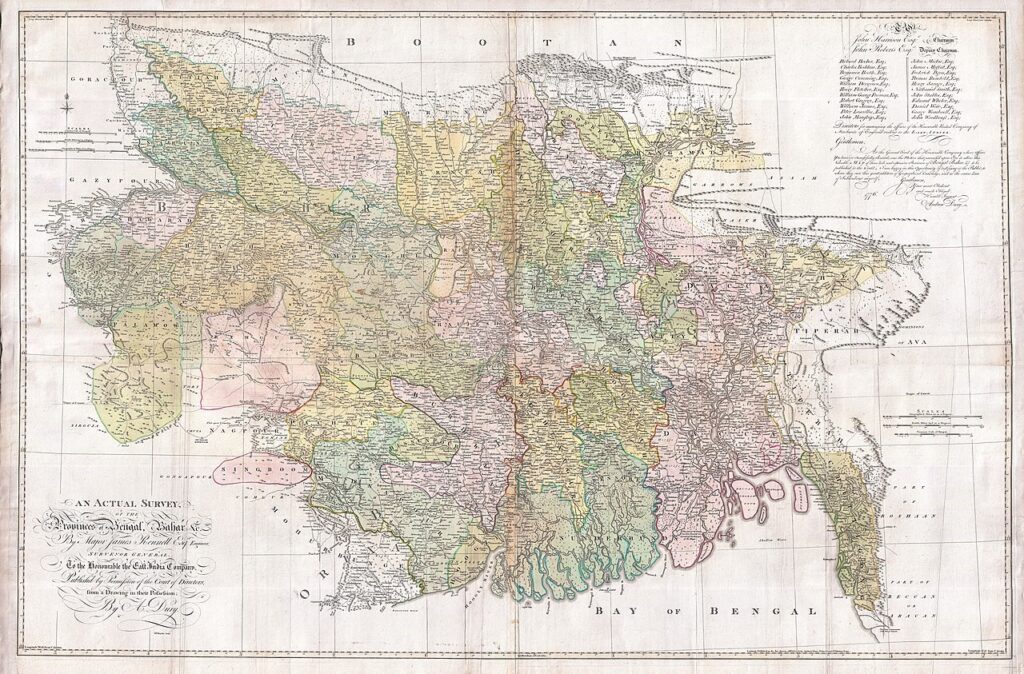
(this image is in public domain, collected from Wikipedia, By James Rennell – This file was provided to Wikimedia Commons by Geographicus Rare Antique Maps, a specialist dealer in rare maps and other cartography of the 15th, 16th, 17th, 18th and 19th centuries, as part of a cooperation project., Public Domain, https://commons.wikimedia.org/w/index.php?curid=14627079)
1905 will remain a significant year in the history of Bengal and India, as in this year the province of Bengal got partitioned by the British colonial rulers. The protests following the partition led to the Indian independence struggle in real sense.
The British Raj in the name of good governance begun its project of dividing Bengal much earlier than 1905, when it took a prominent form. In 1874 a separate state in charge of a Chief Commissioner was created for Assam and the areas of Bengal such as Sylhet, Goalpara and Cachar were attached to Assam. Which created immense dissatisfaction and anger particularly in Sylhet district for getting separated from Bengal, however, it was allowed to continue Bengali as its official language for the administrative works.
When Lord Curzon took charge as the Governor General, he took-up the matter in 1903 and he proposed a plan to include the Bengal districts of Dhaka, Chittagong (Chattogram), Mymensingh in the province of Assam. However, this could not be done due heavy protests and agitations. And, then Curzon came-up with his mega sinister plan of Bengal partition to defuse the political unity among the Bengalis, which might create a future threat to the British Empire in India. The proposal was to create a new province having North Bengal, East Bengal and Assam together and another province with West Bengal, Bihar and Orissa (now Odisha).
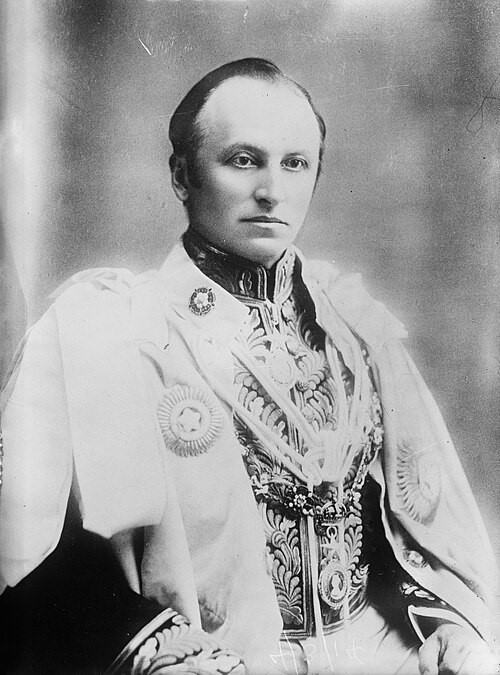
(this picture is in public domain, collected from Wikipedia)
On January 11, 1905, nearly 300 representatives from various parts of Bengal arranged a conference, having Sir Henry Cotton, who was the retired Chief Commissioner of Assam. Sir Cotton was known as a big supporter of Indian home rule and in the conference he proposed that, for administrative convenience Bihar and Chota Nagpur might if necessary be separated from Bengal and Sylhet and Cachar with a Bengali speaking population might be tagged back on to Bengal to constitute a presidency under a Governor.
In May 1905, the Standard of London published the news that the British home authorities have agreed to the proposal of partition of Bengal by government of India. A memorandum with the signatures of 60,000 representatives of Bengal was sent in to England with the opinion against the proposal. A telegram was also sent urging the government not to take the final decision without considering the memorandum. Replying to a query in this regard, Mr. Brodrick, the Secretary of State for India stated on July 4, 1905 that he had received the proposal on February 18, then he approved it and intimated government of India accordingly. On July 7, 1905 government of India publicized the decision and on July 19 it was duly published as a resolution that Bengal got partitioned.
(Source: Book ‘History of Bengal’ by Dr. R.C Majumdar)
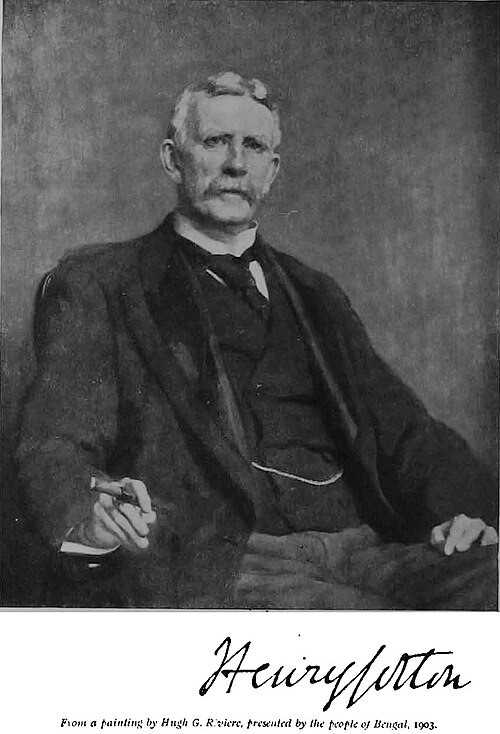
(this image is in public domain, collected from Wikipedia)
Bengal witnessed unprecedented protests after the declaration of partition of the province and between December 1903 till October 1905 about 3000 protest meetings were held in Bengal. The protests were participated by people belonging to all levels of the society starting from the Rajas, Zamindars, Intellectuals, farmers, etc. Even some Englishmen also criticized the decision, for example, Lord Morley (who later became the Secretary of State for India) openly admitted that the agitations are reflection of public sentiment against the proposal of partition by the government.
Lord Curzon and his government could successfully induce Khwaja Salimulla, the Nawab of Dacca (Now Dhaka) not only to support the partition but also through his influence, to keep the Muslim community away from the agitations. It was clearly an effort to make a Hindu-Muslim divide in this region by the use of infamous ‘divide and rule policy’ of the British Raj. Importantly, later in 1906, Salimulla founded the Muslim League in Dhaka.
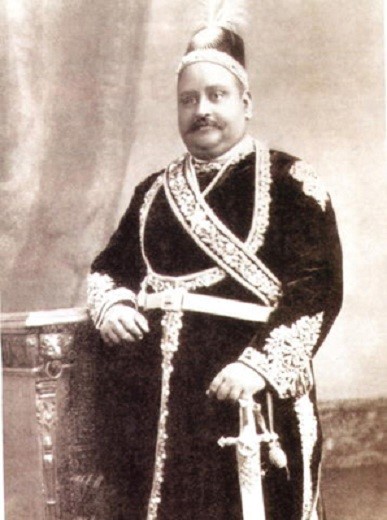
(this image is in public domain, collected from Wikipedia)
On August 7, 1905, a huge protest meeting was organized at the Town Hall in Kolkata, which was attended by eminent persons, students and large numbers of common people. Theye were carrying with them banners with slogans like ‘Samjukta Bangla’ (United Bengal), ‘Ekatayi Shakti’ (unity is power). ‘Bande Mataram’, ‘Banga Bhanga chaina’ (do not want partition of Bengal), etc. Maharaja Manindra Chandra Nandi of Cassimbazar presided over the meeting. A number of resolutions were passed against the government’s decision in that meeting.
As part of protests:
- Effigy of Lord Curzon was burnt and shradh ceremony was performed during a meeting at Barisal.
- Students took-up the task of picketing, who used to stand before the British item shops and request the purchasers not to purchase with folded hands.
- Cobblers of Mymensingh and Faridpur decided not to repair British made shoes.
- Cooks and servants of Barisal decided not to serve households who use British goods.
- Washermen of Kalighat resolved not to wash British made cloths.
- Brahmin priests decided not to attend marriages, where foreign made cloths are given.
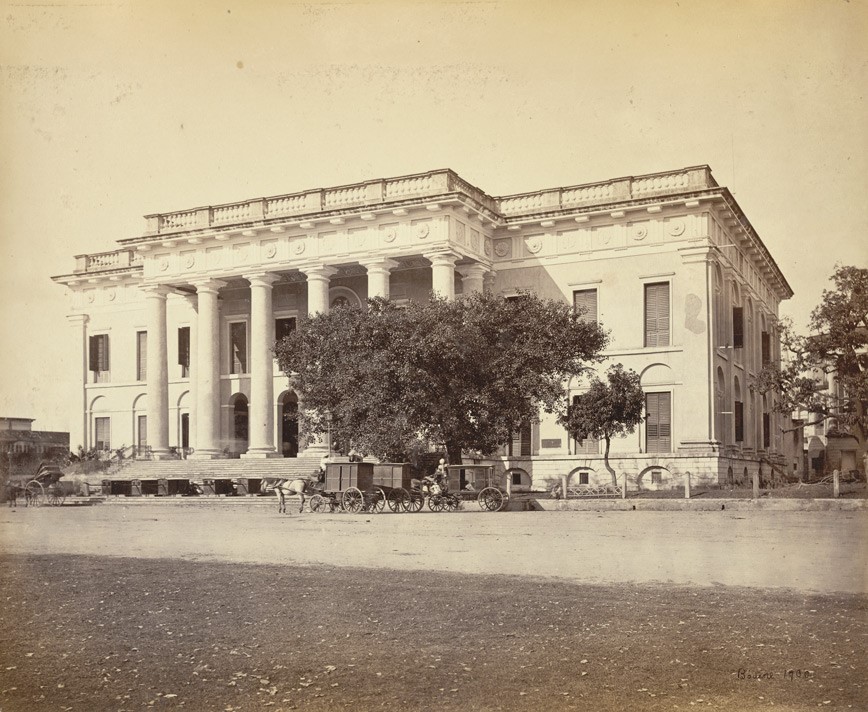
(this image is in public domain, collected from Wikipedia)
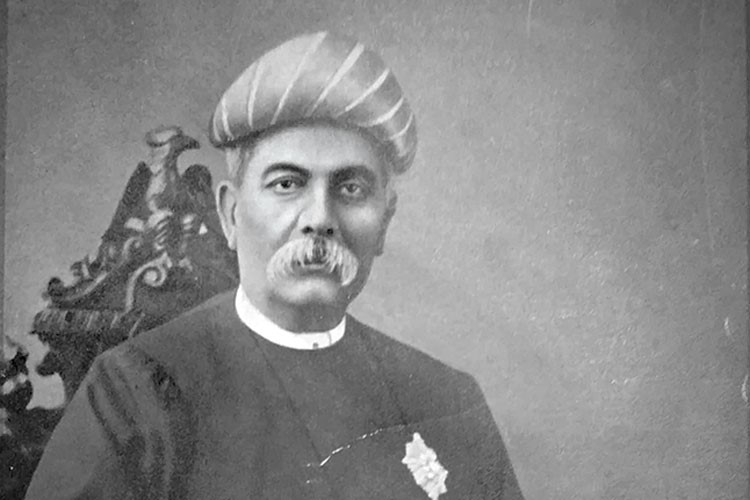
(this image is in public domain, collected from an online news report of Ananda Bazar Patrika)
The youth of Kolkata and Bengal got inspired by the writings of Satish Chandra Mukherji of the Dawn Society and lectures of Sir Surendranath Banerjee, Bipin Chandra Pal. The people of Bengal got charged up patriotic spirit by the songs and poetries of Gurudev Rabindranath Tagore, Dwijendralal Roy and Rajanikanta Sen.
On October 16, 1905, on the day when the partition was effective, there was a huge gathering accumulated at the Kalighat Temple in Kolkata. While praying before Mother Kali, the priests recited that serving the motherland was their foremost duty and they all took the oath of removing the distress and sorrows of the motherland.
As a mark of unity, Rabindranath Tagore came-up with an unique proposal of “Rakhi Bandhan”, a traditional Indian festival of sisters tying coloured threads on their brother’s wrist. Tagore suggested to observe the day as day of unity for all Bengalis and to tie rakhi on the wrists of each, saying “brothers shall not separate”. This appeal received overwhelming response by both the Hindu and Muslim communities by tying rakhi on each other’s wrist, as thousands and thousands of people gathered, they first took bath at the Ganga (Hooghly River) and observed Rakhi Bandhan at various places of Kolkata. Gurudev Tagore on this occasion recited his newly composed song “Banglar Mati Banglar Jal, Banglar Vayi Banglar Phal” (pray to the almighty that Bengals’ earth and water, air and fruits be sacred to us all).
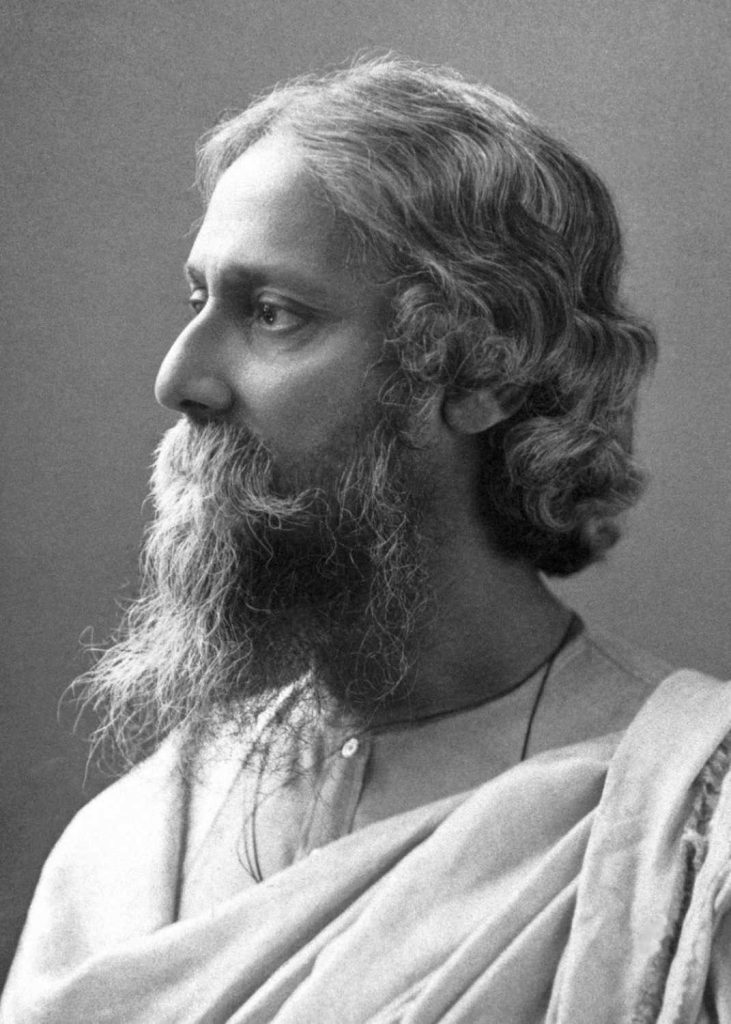
Poet, Songwriter, Composer, Painter, Philosopher, Social Reformer First Asian to receive the Nobel Prize, who denounced his Knighthood as a mark of protest after the Jallianwala bagh massacre
(this image is in public domain, collected from Wikipedia)
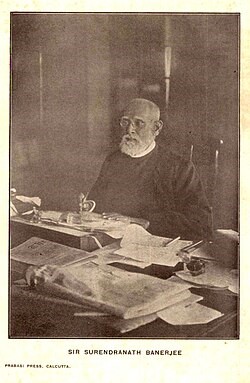
(this image is in public domain, collected from Wikipedia)
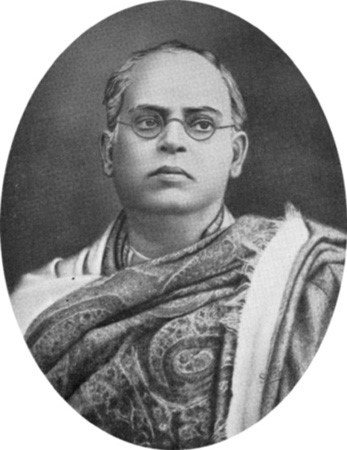
Composer of the famous patriotic song “Dhano Dhanye Pushpe Bhora” & his songs & poetries inspired the entire Bengali community
(this image is in public domain, collected from Wikipedia)
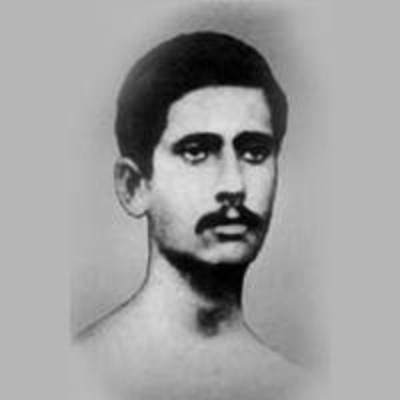
Poet, Songwriter Songs written by his during the partition of Bengal inspired the community
(this image is in public domain, collected from Wikipedia)